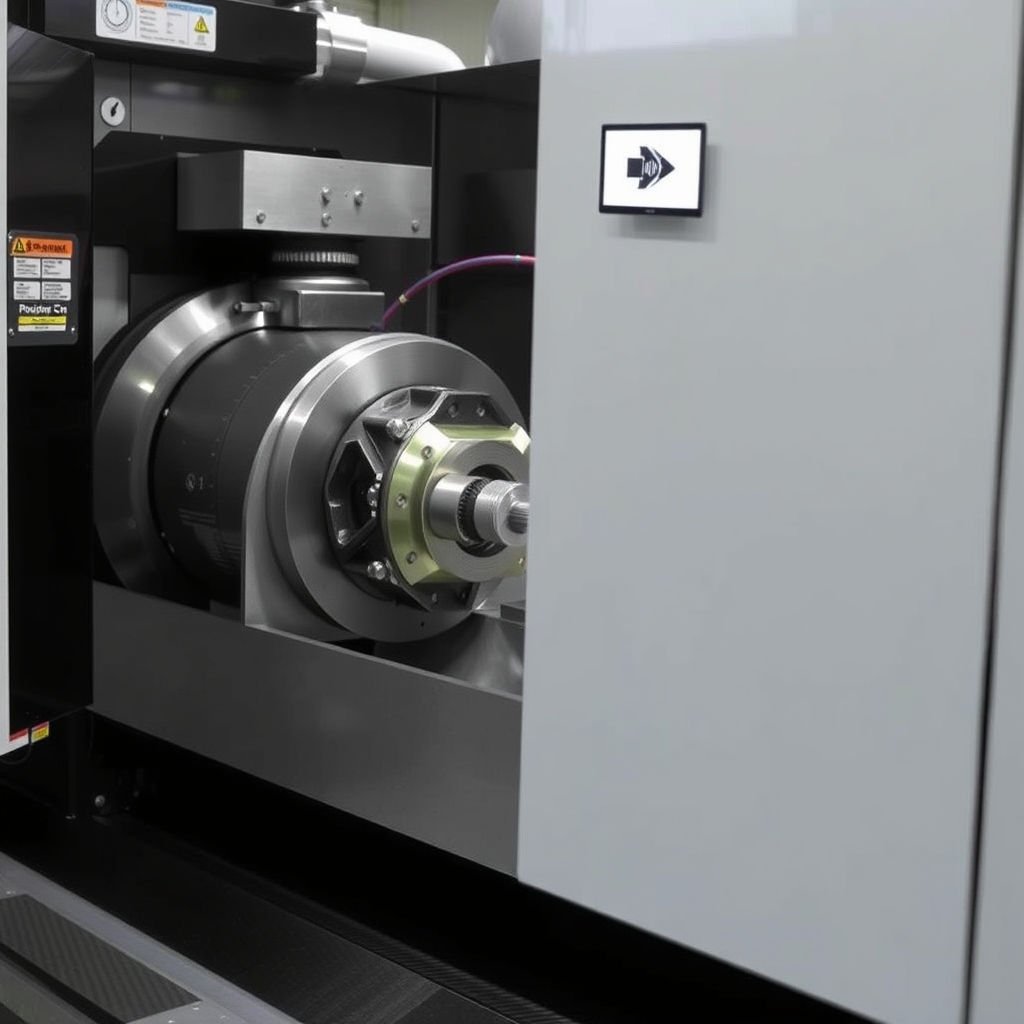
- +8615586668226
- [email protected]
- No. 30, Parco Industriale Hongbang, Shenzhen

Milling isn’t just cutting metal—it’s about maximizing performance. The choice between climb (down) and conventional (up) milling impacts:
With industries like aerospaziale, automobilistico, e dispositivi medici demanding micron-level precision, selecting the optimal method is non-negotiable.
Climb milling, or down milling, involves the cutter rotating in the same direction as the workpiece feed. This method starts with maximum chip thickness, reducing friction and heat for smoother cuts.
In conventional (up) milling, the cutter rotates against the feed direction. It’s ideal for rough surfaces, castings, and manual machines.
| Fattore | Climb Milling | Conventional Milling |
|---|---|---|
| Chip Thickness | Starts thick, tapers to zero | Starts thin, increases gradually |
| Vita dell'utensile | Longer (less heat) | Shorter (more friction) |
| Workpiece Forces | Downward (stabilizing) | Upward (requires strong clamping) |
| Il migliore per | Soft metals, finishing passes | Hard materials, roughing |
A manufacturer of aerospace brackets switched to climb milling on a 5-axis CNC machine, achieving:
Which method is better for titanium alloys?
Climb milling is preferred for titanium’s low thermal conductivity, minimizing heat buildup.
Can I use climb milling on a manual machine?
Avoid it—backlash risks tool pull-in. Stick to conventional milling for safety.
How does material thickness affect the choice?
Thin materials (<6 mm) benefit from climb milling’s stabilizing forces.
Is conventional milling outdated?
No—it’s indispensable for roughing cast iron or Attrezzature pesanti parti.
Ready to optimize your CNC operations? Contattateci for tailored machining solutions!
Scoprite le ultime tendenze e gli ultimi fatti sulla fabbricazione dei CNC dal nostro blog.
Shenzhen Runkey Precision Technology Co. Ltd, una consociata del Gruppo Tensun, è la vostra soluzione unica di fiducia per la produzione personalizzata, dalla prototipazione alla produzione. Trasformate la vostra idea in realtà con risorse di produzione digitale, processi semplificati, guida esperta, tempi accelerati e qualità senza compromessi.
©2024. CNC Fabrication Tutti i diritti riservati.